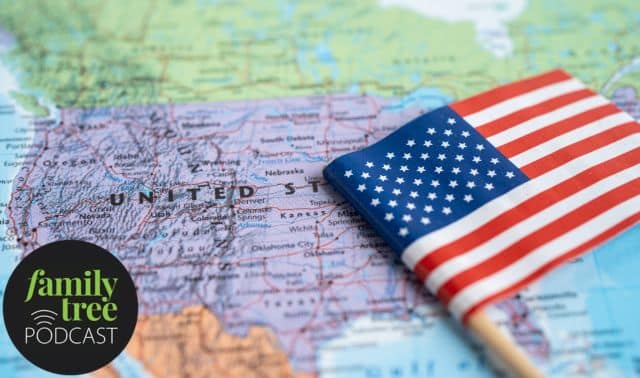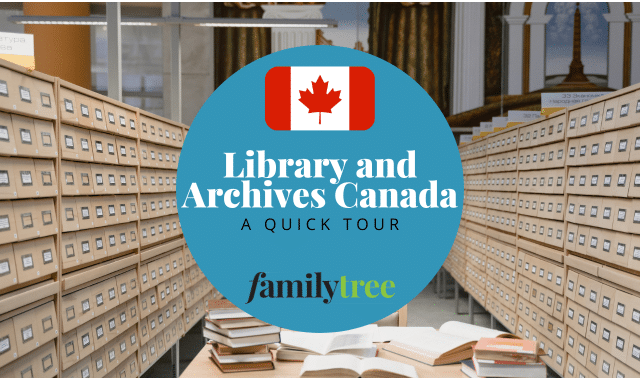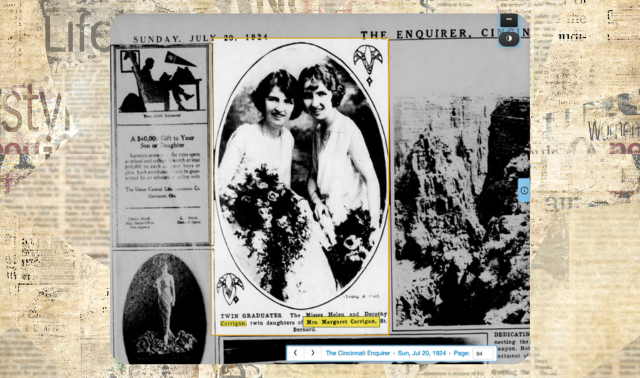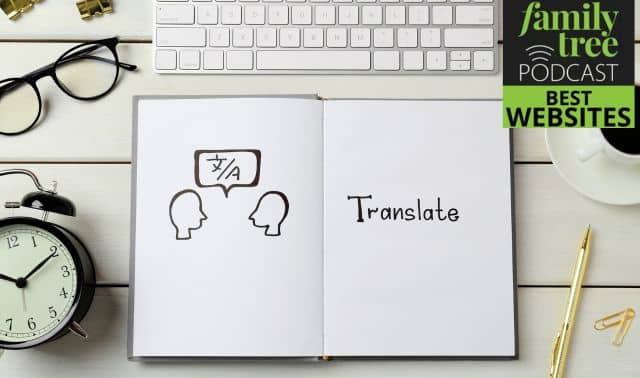Q. How reliable are other people’s family trees I find online?
A. It all depends on who supplied the information and whether that person is a conscientious genealogist or someone who grabs names willy-nilly just to put more branches on the family tree.
Whether you find a genealogy of your family online or in print, the best way to judge its reliability is by first looking at the supporting documentation. Is the compiler using a healthy dose of primary sources such as censuses, military records, vital records, land deeds and the like? Does he cite mostly another person’s genealogy? Are no sources cited at all? You need to be especially cautious of the last two scenarios. If the genealogy is online, you can contact the submitter to ask for sources, but my experience has been that if a person had documentation, he or she would have included it. You can use undocumented genealogies as clues to guide your own research, but don’t put total faith in their accuracy.
Another way to determine reliability is to carefully proofread the genealogy. Are entire generations missing? Do all the dates make sense? Watch for warning signs such as someone getting married at age 8, twins who aren’t born on the same date or in the same place, or a woman giving birth after she’s dead.
If the genealogy has sources, randomly fact check some of them yourself to see if you draw the same conclusions. From your own research, you might have family details the other person didn’t, which could lead you to interpret documents differently. Introduce yourself to your newfound cousin and compare notes.
From the May 2010 Family Tree Magazine




